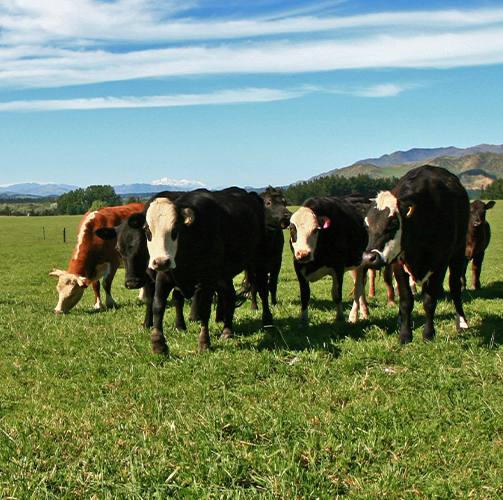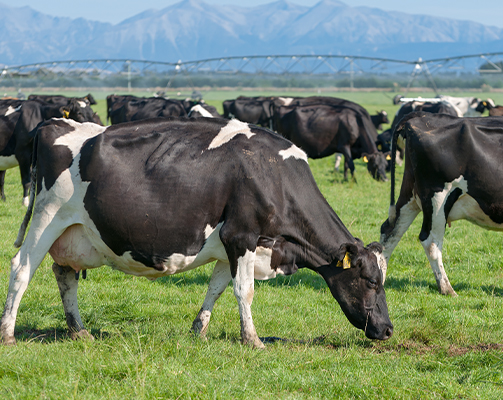Rumen buffers
Although not a label claim, ionophores are associated with reducing the risk of acidosis, so fit really well with feeding supplements rich in fermentable carbohydrates. Wet acidic silage carries a high acid load and if finely chopped may not support the rumination required to buffer the rumen, so if fed alongside starch feeding a rumen buffer like AcidBuff is worth considering.
Rumen-protected fats
Rumen-protected fats can be used to increase the energy density of a diet. They can be used from the start of lactation to support higher levels milk production, but can especially help just before and through mating. Pasture species often want to become reproductive just as the mating season for dairy cows gets underway, with an increase in fibre levels and decrease in energy – which is bad timing because we want cows to be gaining weight through mating. Some types of fatty acids have a special role in conception rates over and above an effect through helping offset a weight loss. Mega-Max is a relatively new type of calcium soap without the soapy taste which contains a fatty acid profile which supports both weight gain and fertility – giving users a two-way bet on a win.
Sodium
Cattle evolved on feeds that are low in sodium, so have developed efficient absorption processes and are avid consumers of salt. Maize silage is especially low in sodium and should normally be fed with salt. Salt aids palatability of feeds. Dry matter intake and milk yield has been found to increase at sodium concentrations well above those needed to meet dietary requirements, so aiming to just prevent a deficiency feels like setting the bar too low.
Trace minerals
Trace minerals are not normally associated with catastrophic downer cow issues associated with calcium and magnesium, but are important catalysts that make a host of bodily functions work better. Monitoring the trace element status of animals is recommended especially prior to mating, or if poor animal performance can’t be explained by more obvious reasons.
Iodine supplementation is always a topical issue pre-mating, with some products delivering well in excess of meeting expected requirements The US Food and Drug Administration have increased the maximum limit for iodine supplementation from EDDI (ethylenediamine dihydriodide) from 10mg/day to 50mg/day for milking cows, because the reduced consumption of iodised salt putting some groups with high iodine requirement (such as pregnant and nursing women) at risk of being iodine deficient. Supplementing cows with higher levels of iodine over mating than is required to prevent a deficiency could be beneficial, for both the cows and consumers of the milk products.
Vitamins
Ruminants can produce Vitamin A – which is important for low light vision and reproduction - from β-carotene in green forages. Stored forages have lower β-carotene levels than fresh forages and most grains and by-products are practically void in β-carotene..
The production of vitamin D3 - which is critical for regulating bone calcium levels - from sunlight should be adequate in grazing livestock but is less reliable the further the date is from the summer solstice and when cloud cover limits sunlight hours.
Fresh pasture is also a good source of Vitamin E – an important anti-oxidant which works with selenium - but levels are decreased by wilting and ensiling. Vitamin E levels are normally correlated to the fat content of feeds.
Your local NRM Nutrition Specialist will be happy to discuss the finer details of your dairy cow diet this spring.
RECOMMENDED TEST TYPE BY TRACE ELEMENT.
Primary or Secondary test options, (secondary/ less optimum test option is shown in brackets).







